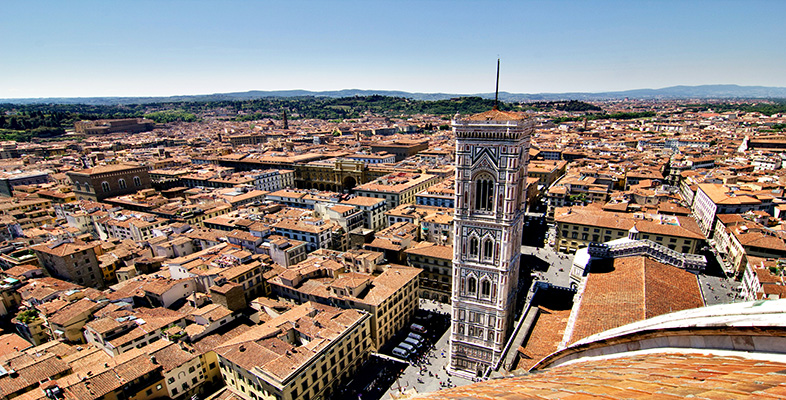Describing physical characteristics
In this activity you will work on the vocabulary and structures you will need for describing people, and practise the vocabulary you have just learned.
Attività 2
a.
Vero
b.
Falso
c.
Forse
The correct answer is c.
a.
Vero
b.
Falso
c.
Forse
The correct answer is a.
a.
Vero
b.
Falso
c.
Forse
The correct answer is c.
a.
Vero
b.
Falso
c.
Forse
The correct answer is b.
a.
Vero
b.
Falso
c.
Forse
The correct answer is b.
a.
Vero
b.
Falso
c.
Forse
The correct answer is a.
a.
Vero
b.
Falso
c.
Forse
The correct answer is c.
Box 1 Describing physical characteristics
To describe someone’s physical characteristics, you generally use the verb essere with an appropriate adjective (or adjectives).
Marco è calvo.
Marco is bald.
Giovanni è grosso.
Giovanni is big.
Teresa è magra.
Teresa is slim.
Sara è attraente e sportiva.
Sara is attractive and sporty.
To describe someone’s physical characteristics you can also use avere followed by a noun.
Dario ha la barba e i baffi.
Dario has a beard and a moustache.
Stefania ha gli occhi castani.
Stefania has brown eyes.
Finally, to describe what someone is wearing, use portare followed by a noun.
Renzo porta spesso una giacca verde.
Renzo often wears a green jacket.
Dario porta gli occhiali.
Dario wears glasses.
Sofia porta sempre i capelli raccolti.
Sofia always has her hair tied back.
